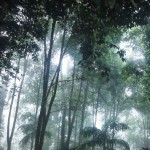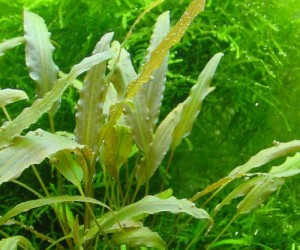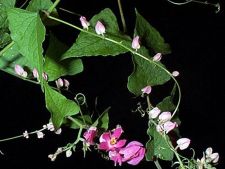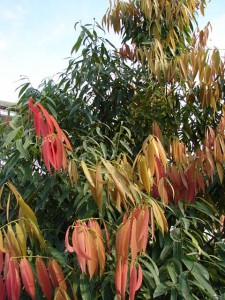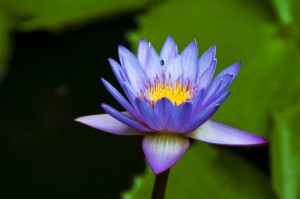Srilankan Flora
Srilanka is a country in South Asia that consists land area of around 65500 sq. km. The Flora of Srilanka comprises about 3300 flowering plants of which about 830 (25%) species are endemic to the Island.
The vegetation types of the island mainly varies with the climate and the topography. The rainfall and the temperature are the most important factors of the climatic conditions.
There are four major zones of vegetation types in Sri Lanka.
The Arid Zone has a temperature between 32-36 degrees Celsius. The Rainfall is below 100 mm per year and the Altitude is less than 300 meters. The forest type is referred as Tropical Thorn Scrub.
The Dry Zone has a temperature between 28-32 degrees Celsius. The Rainfall is between 1000-1500 mm per year and the Altitude is less than 500 meters. The forest type is referred as Tropical Dry Mixed Evergreen.
The Intermediate Zone has a temperature between 24-28 degrees Celsius. The Rainfall is between 1250-2000 mm per year and the Altitude is between 500-1500 meters. The forest type is referred as Tropical Moist Evergreen.
The Wet Zone has a temperature between 16-28 degrees Celsius. The Rainfall is above 2000 mm per year and the Altitude range is divided in to three categories.
The vegetation type in the altitude range of between 300-1000 meters is called as Tropical Lowland Wet Evergreen forests.
The vegetation type in the altitude range of between 900-1500 meters is called as Tropical Sub Montane forests.
The vegetation type in the altitude range of above 1500 meters is called as Tropical Upper Montane forests.
SriLanka flora can be divided to three main groups.
Native/ Indigenous plant species:
Every type of plant whether algae, fungi, bacteria or a higher plant has a home in some part of the world, where it is existed for thousand years as a result of evolution. A native (indigenous) species is one that occurs in a particular region for thousands of years without direct or indirect human actions. About 75% of the plants found in Sri Lanka (about 6800 plant species) are native to us.
A special category of native species that live only in certain restricted geographic areas. Area could be a small region, an island, a large continent or even larger. However endemism is considered in terms of county boundaries for easy administration purposes. There is one endemic genera (Stemonoporus) in Sri Lanka while there are no plant families endemic to Sri Lanka. About 90% of our endemic plants are confined to the southwestern zone (mainly in the rain forests).
Introduced plants (Aliens/ Exotics):
These are plants that are intentionally or unintentionally introduced to new areas by human activities. About 25 % of our flora consists of exotic plants. In the past earth’s oceans, mountains, and deserts acted as natural barriers for the isolation of plants and animals by restricting the movement across the world. But with early human migrations the world’s first plant introductions were initiated.
Current status of Sri Lankan Flora
During the last 100 years, about 100 plants have already been disappeared from the environment for ever. Nearly 16% of flowering plants, 28% ferns and allies are affected as a result of human activities. These plants are therefore grouped under ‘threatened plants’.
The reasons have been overexploitation, habitat degradation and fragmentation, pollution and introduction of alien invasive species.
- National Tree – (Mesua ferrea/ M. nargassarium) ,E – Iron wood
- National flower – (Nymphaea nouchali),E – Blue water lily
